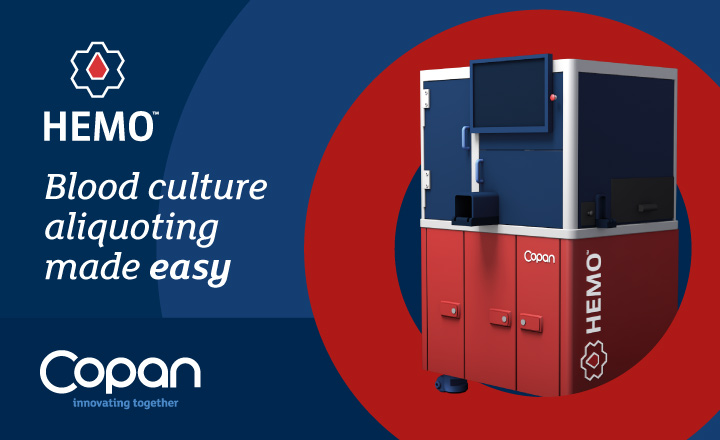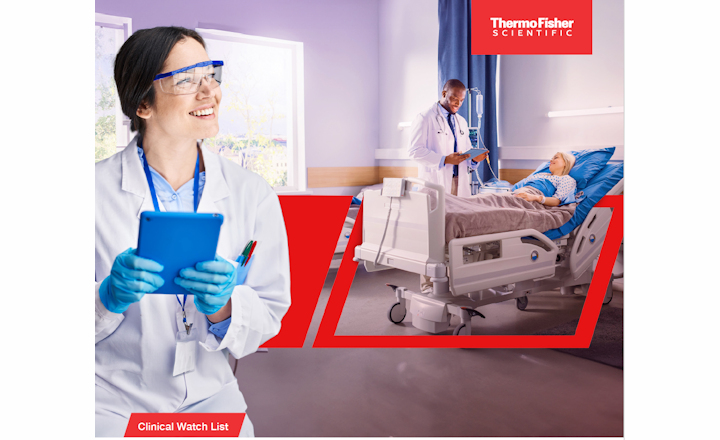The FDA has approved the first direct blood test for detection of five yeast pathogens that cause bloodstream infections: Candida albicans and/or Candida tropicalis, Candida parapsilosis, Candida glabrata and/or Candida krusei.
From T2 Biosystems, the T2Candida® Panel and the T2Dx® Instrument have received market approval for the direct detection of Candida species in human whole blood specimens from patients with symptoms of, or medical conditions predisposing the patient to, invasive fungal infections. The technology is based on detecting amplified DNA using magnetic resonance technology giving a presumptive identification to species level.
T2Candida and T2Dx, for the first time, provide sensitive detection of specific sepsis-causing pathogens directly from a whole blood specimen in approximately four hours. All other currently FDA-cleared detection systems require cultured blood samples for species-specific identification and take two to five days or more to provide results.
"T2Candida and T2Dx have the potential to quickly change the hospital care paradigm and improve outcomes by offering a new and effective screening option for patients who are at-risk or suspected of having sepsis," said Eleftherios Mylonakis, M.D., Ph.D., FIDSA, chief, Division of Infectious Diseases, Dean's Professor of Medical Science, Professor of Medicine, Rhode Island Hospital and The Miriam Hospital, Providence, R.I. "Compared to current blood-culture based diagnostic methods, T2Candida and T2Dx give us an option that provides specific and dependable results in a matter of hours, not days, allowing us to direct the right therapy to our patients – potentially saving their lives."
In the pivotal trial, T2Candida and T2Dx demonstrated a sensitivity of 91.1 percent and a specificity of 99.4 percent. The mean time to a positive result for T2Candida was 4.4 hours versus 129 hours for blood culture and species identification, the current gold standard. The mean time for a negative result for T2Candida was 4.2 hours, compared to 120 hours for blood culture. Both T2Candida and T2Dx were reviewed under the FDA de novo classification process for devices with low-to-moderate risk that are first-of-a-kind.
Studies have shown that if Candida can be diagnosed and treated with targeted therapy beginning within 12 hours of the presentation of symptoms, the associated mortality rate can be reduced from approximately 40 percent to 11 percent. Additionally, a typical patient with a Candida infection averages 40 days in the hospital, including nine days in intensive care, resulting in an average cost per hospital stay of more than $130,000 per patient. In a study published in the American Journal of Respiratory and Critical Care Medicine, providing targeted antifungal therapy within 24 hours of the presentation of symptoms decreased the length of hospital stay by approximately 10 days and decreased the average cost of care by approximately $30,000 per patient.
Due to the high mortality rate and cost of Candida infections, many hospitals initiate potentially inappropriate antifungal drugs while waiting for blood culture-based diagnostic results. A negative result from T2Candida may provide timely data allowing physicians to avoid or suspend unnecessary antifungal treatment. This could result in a further reduction of treatment costs, as well as potentially helping to reduce antimicrobial resistant organisms, which the Centers for Disease Control and Prevention has called "one of our most serious health threats."
T2Candida and T2Dx are the first diagnostic products powered by T2MR®, an innovative and proprietary magnetic resonance-based diagnostic technology platform that offers a fast, sensitive and simple alternative to existing diagnostic methodologies.
To date, more than 100 peer-reviewed publications have featured T2MR in a variety of studies, including the direct detection and measurement of targets in various sample types, such as whole blood, plasma, serum, saliva, sputum and urine.






















